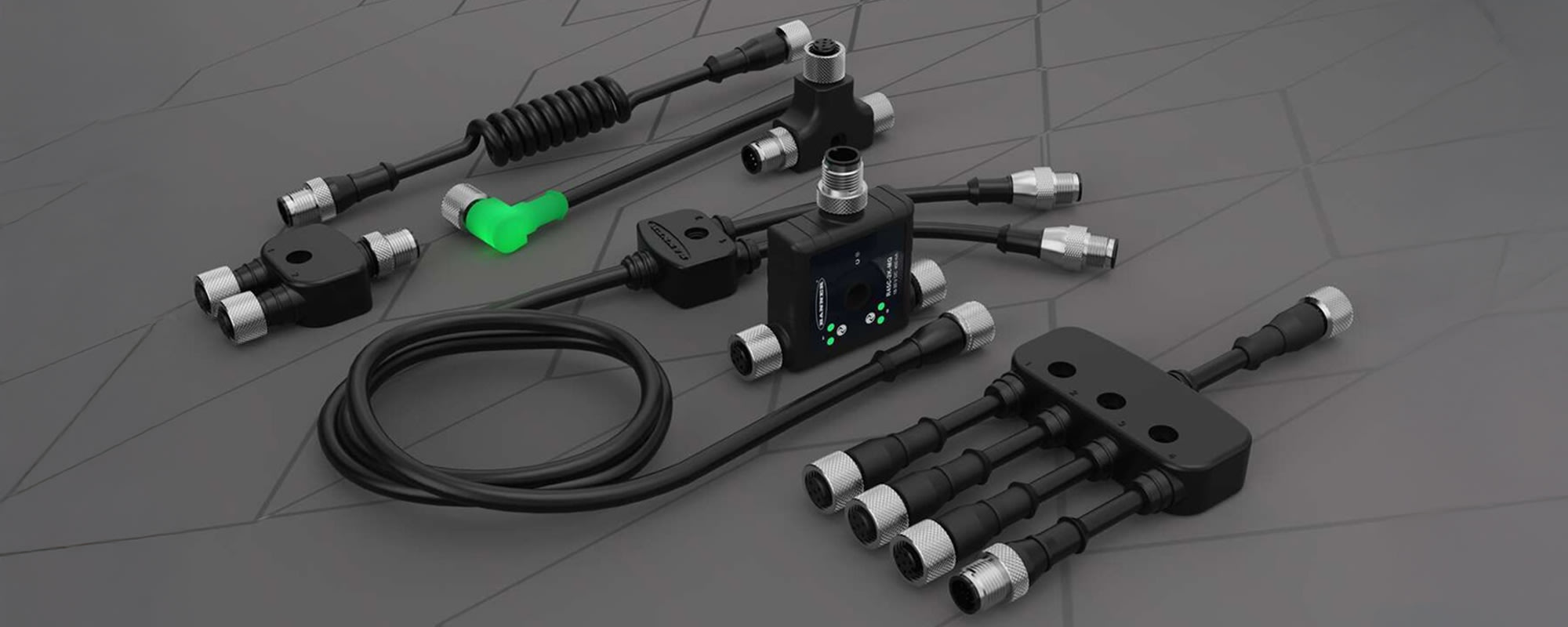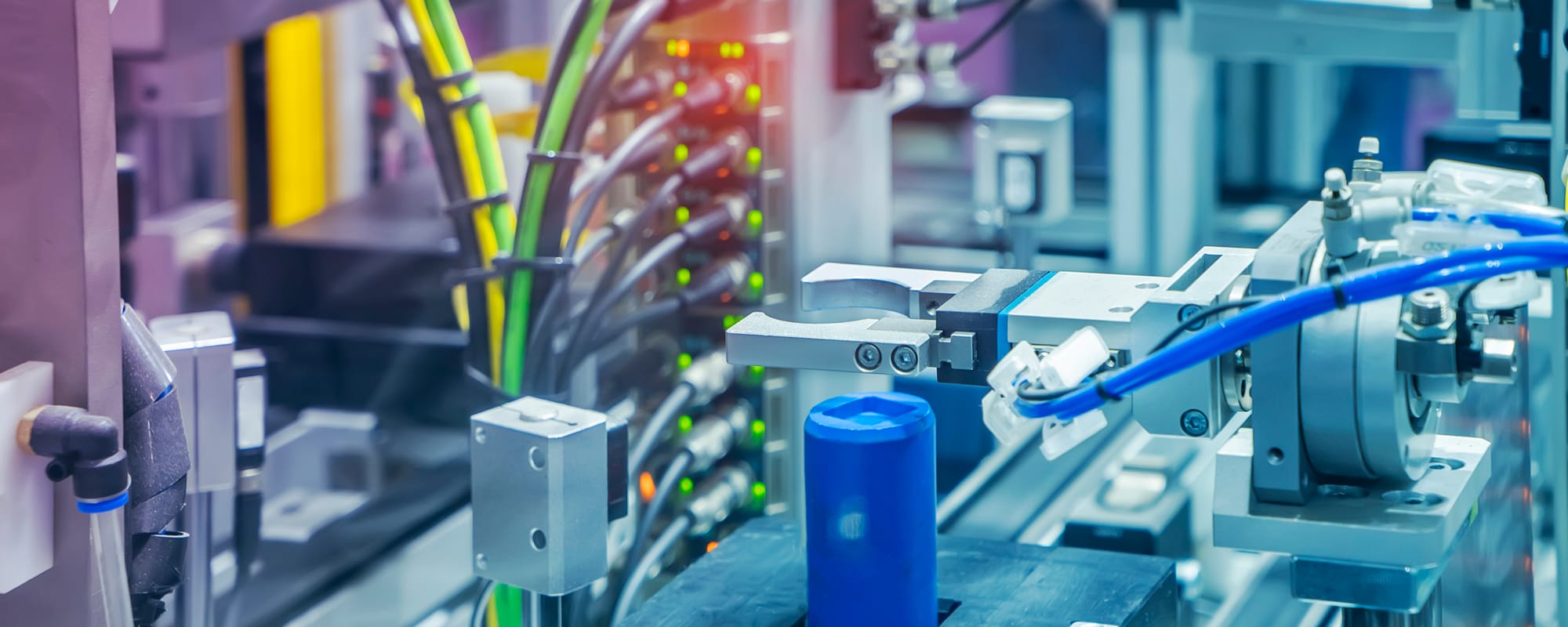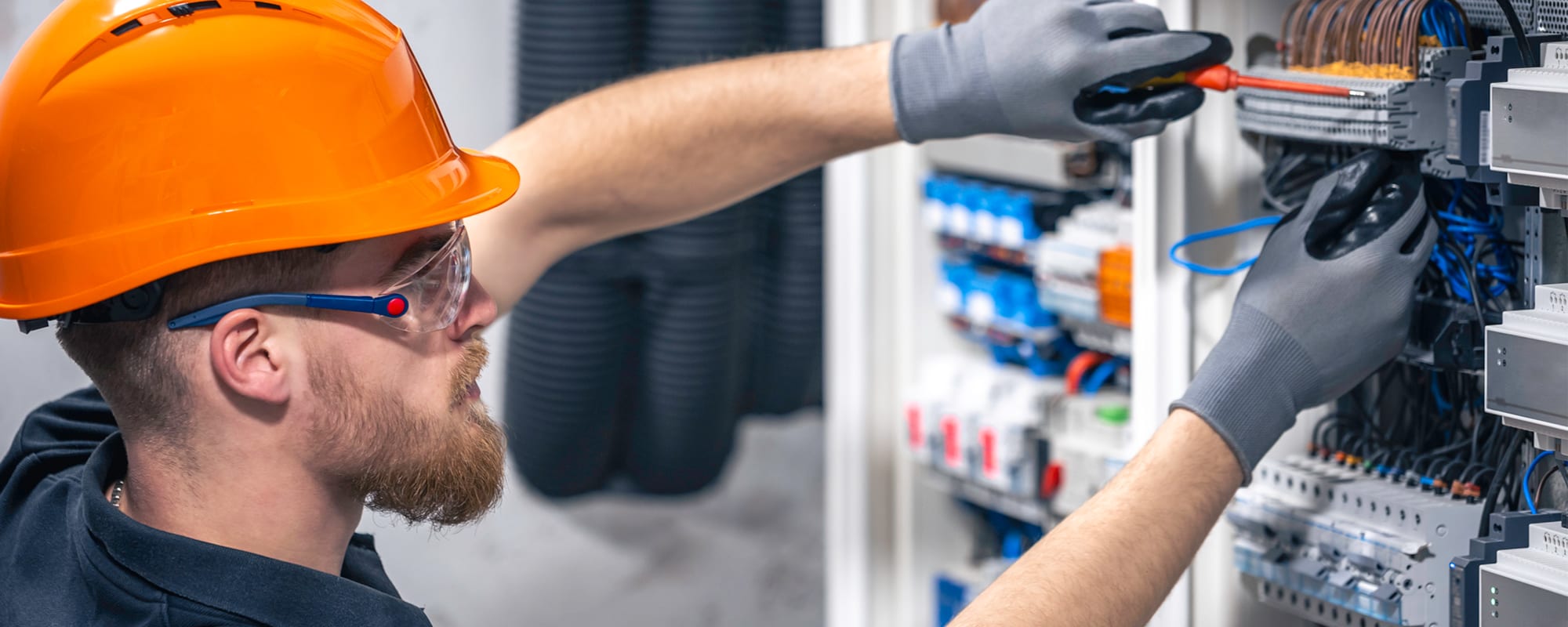Jim Gilbert, Market Application Engineers Manager – Sales & Service at SICK, chats about industrial event cameras, addressing unique features and benefits, common application areas, selection and implementation challenges and tips, introduces the SICK sensingCam, and shares a couple customer success stories.

Sales & Service at SICK
The global event camera market was valued at $2.53 billion in 2024 and is projected to grow to a value of $6.19 billion by 2032. This growth is fueled by a surging demand for smart, real-time industrial imaging systems and infrastructure — recently as much as 40% YOY in the automated manufacturing, logistics, and security segments.
We spoke with Jim Gilbert, Market Application Engineers Manager – Sales & Service at SICK, to learn more. Here, Jim addresses unique features and benefits, common application areas, and selection and implementation challenges and tips, introduces the SICK sensingCam, and shares a couple customer success stories.
1. Hi Jim. Please introduce yourself and tell us a little about SICK.
I’m Jim Gilbert, and I’m a product manager at SICK. I have always been passionate about how things work, and that led me to a degree in mechanical engineering from Iowa State University and roles in both sales and — later — product management. In my work with SICK’s sensing camera portfolio, I get to help customers solve problems in factory automation that they couldn’t otherwise solve.
SICK is a global player in the industrial sensing market. We’ve got over 75 years of experience and a massive portfolio of industrial sensing solutions, and we take investment in R&D seriously to ensure that we’re positioned for future growth as well. A lot of recent R&D has been focused on improving customers’ journeys in the IIoT space — helping them maximize efficiencies to better capitalize on their investments.
2. You joined us today to talk about event cameras. So, let’s dive in. What should people know?
Event cameras are similar to dash cameras and doorbell cameras. They capture video or still images based on a trigger. Unlike security cameras, they’re only activated when an event happens — for example, when a collision occurs or a person approaches. They’re also a little different than machine vision cameras, which make decisions about the objects they see and often can tell the difference between two images. Most event cameras simply provide images; any analysis is done elsewhere.
Event cameras can be paired with many different sensor inputs and triggered by things ranging from objects in the camera’s field of view to shock or vibration. When they’re triggered, they take either a video or a snapshot. And given rapidly expanding interest in condition monitoring and predictive maintenance technologies driven by current digitalization, automation, efficiency, and sustainability trends, these cost-effective digital cameras are disrupting the marketplace and surging in demand.
Industrial organizations are trying to become more efficient at understanding what’s causing their downtime and identifying ways to solve it. Event cameras are an excellent solution, and we’re seeing them utilized in a ton of different industries. The logistics industry is currently one of the top adopters. The cost of downtime is massive for logistics companies that are shipping products all over the world. They operate in super-high-efficiency, super-cost-driven environments. So, when there’s a jam on a conveyor line, they need to be able to identify and solve the issue as soon as possible. The same is true for the food processing industry, which is also making increased use of event cameras.
The small size and accessible price point of event cameras makes the barrier to entry very low. They’re also really simple to use and really helpful for reducing downtime without having to come up with a big business case for conducting a study on why the problem keeps occurring. You can quickly, easily, and economically add an event camera and, once they reveal the problem, you can make investments in more advanced equipment or devices, like sensors, that can detect and prevent the problem the camera initially captured from occurring again.
Ultimately, solving a problem that’s causing downtime is error proofing, and that starts with trying to understand the problem and what actions are needed to solve it. Event cameras offer a relatively low-cost way to get a snapshot of your operations and identify possible pain points before you make larger investments to automate or implement IIoT solutions. If you operate a huge facility and have event cameras all over the place, you can capitalize on the network infrastructure, see what’s going on in different hotspots in real-time, and identify critical issues in while also gaining insights into how to implement a long-term solution.
For example, for years now, the classic method of shipping things was in a cardboard box. Now, many packages come in poly bags. But 10 or 15 years ago, that shipping material didn’t even exist. So, most of the packaging equipment in industrial facilities was designed for moving boxes, not these bags. And this kind of change isn’t all that uncommon. As industries evolve, they regularly integrate technologies they couldn’t have anticipated when the facility was built, like the poly bag. Even the most diligent operators simply can’t anticipate every possibility. And issues can arise when things change. Adding an event cam to your existing infrastructure can give you a better understanding of the impacts of any trend, technology, or event you didn’t anticipate, and you also place it with new equipment to get a better understanding of how it operates and any unforeseen things that may occur as you learn the new equipment works. Event cams are a really helpful tool for industrial problem solving.
3. What common challenges do people face when it comes to selecting and implementing event cameras, and do you have any advice for overcoming these challenges?
The biggest implementation challenge for most companies is often understanding where to place event cameras — especially if they have a large or complex facility. You need to have an idea of where your hotspots are to ensure that the event cams deliver the most benefits. Another common installation challenge is physically fitting the event cameras into certain locations, like enclosed systems or applications where you can only get so close to the equipment without disrupting it.
There are several other things you have to consider as well, like if power and networking connections are available at the installation location. Connection can be a real issue because event cameras are often equipped with USB connectors, but most industrial facilities don’t use USB connectors out on the production floor. They use ruggedized industrial connectors. So, figuring out how to get a USB connector into an ruggedized industrial system can be a challenge. That’s why a lot of companies have been using security cameras for operations visbility. But they’re not typically built to industrial standards either, which can also present issues.
4. Please introduce us to SICK’s industrial camera portfolio and the SICK sensingCam.
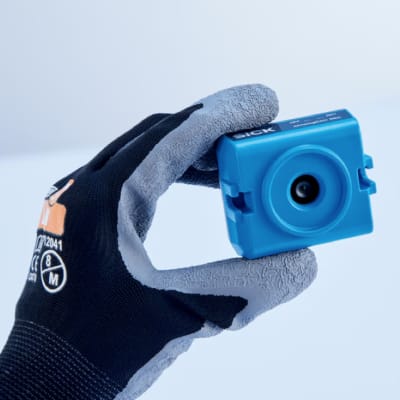
The SICK sensingCam is a five-megapixel camera equipped with an industry standard M12 connector for power and Ethernet connectivity. It has 6GB of onboard memory and captures video at 30 frames per second in 1080p. When the sensingCam is triggered by an external sensor, it can either stream live video or capture snapshots that’ll help you understand the challenges you’re facing. It also has a small, ruggedized, industrial-grade form factor that’s easy to deploy in many different locations and a price point that greatly lowers the barrier to entry.
Its M12 connections are very helpful in the industrial world, and its ruggedness sets it apart. It also has an onboard graphical user interface (GUI) that allows customers to use representational state transfer application programming interface (REST API) technology to write scripting that allows them to place multiple cameras across their network, download some firmware, and send them commands. These intuitive, user-friendly software tools make the sensingCam really accessible.
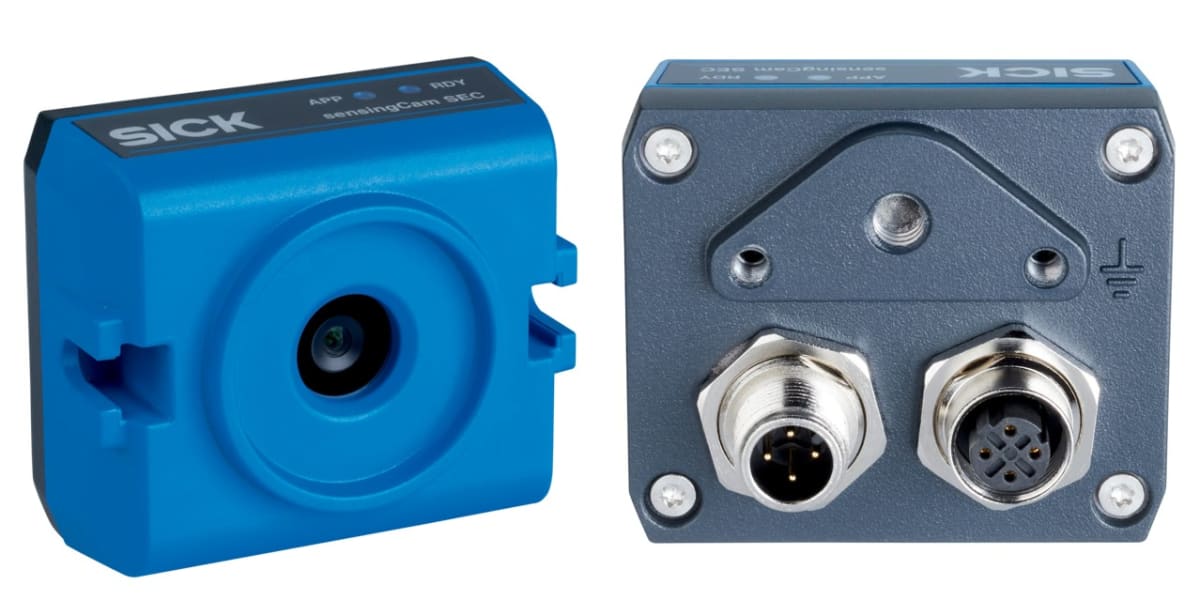
The sensingCam’s unique features are driving adoption in a wide range of industries, but we’re seeing a lot of use in logistics, automotive manufacturing, and cell welding applications. We had a client at a logistics facility trying to understand why barcodes weren’t being read properly, and the sensingCam helped capture the issue so they could fix the problem.
The sensingCam falls is part of SICK’s broader machine vision portfolio, which offers solutions for tasks ranging from simple barcode reading — we call it ID — to using AI comparisons to help make determinations, like if a box is complete and ready to ship, or if there’s a problem that requires another quality check. SICK has dozens of high-end cameras optimized for all sorts of identification and quality analysis tasks and designed to work in all different parts of industrial facilities, including 2D and 3D machine vision cameras.
Our 2D Inspector series cameras host our onboard, browser-based Nova configuration software. With this platform, the software functionality scales throughout the entire portfolio, allowing for simple on-device AI and access to traditional machine tools. SICK 3D cameras offer a multitude of technologies, ranging from 3D snapshot stereo or time of flight capabilities in the Visionary portfolio to high-end, high-speed 3D triangulation capabilities in the Ranger3 and Ruler3000 platforms. All of these cameras also host Nova software to make them more accessible and easier to use.
5. Do you have any customer success stories you’d like to share?
We had a customer that was validating a factory acceptance test for a new piece of equipment and wanted to make sure that if something went wrong, they could properly document it. They mounted the sensingCam on their machine, even though that’s not a typical application for the sensingCam, because it helped them troubleshoot any potential problems more quickly and continue with the factory acceptance test. This was a novel application for an event camera, and it allowed them to accelerate the validation of their acceptance test.
Another customer application that really stood out to me was in a welding cell environment. This customer was using electrodes for a welding process and, before installing the sensingCam, required someone to periodically use a lockout tagout process to go into the robotic welding cell, shut down the machine, and open a door to visually inspect the electrodes on the welder, which racked up downtime and added safety risks. Once they mounted a sensingCam near the electrodes, they could remotely determine how much life it had left without shutting down the machine. They could simply look at a display and determine if they were good or not.
And these are just two of many different examples of how people are using this technology. The only real limit to their use is your creativity regarding where and how to deploy them.
Troubleshoot and error-proof your operations with event cameras from SICK and RS
SICK is a leading global technology and solutions provider for sensor-based applications in the industrial sector, spanning factory to logistics automation. SICK sensor intelligence and application solutions enable secure, efficient process control, protect people from accidents, and prevent damage to equipment and the environment. and offers a robust portfolio of machine vision products and event cameras.
RS offers an extensive selection of SICK solutions, including a wide variety of sensors, event cameras, and machine vision solutions, including the sensingCam SEC 100. For more information about SICK event camera and machine vision solutions, visit the links embedded here. For more expert insights from SICK, check out the company’s other contributions to the RS Expert Advice Series. For assistance identifying, procuring, deploying, and maintaining SICK event cameras, please contact your local RS representative at 1.866.433.5722 or reach out to the RS technical support team.

